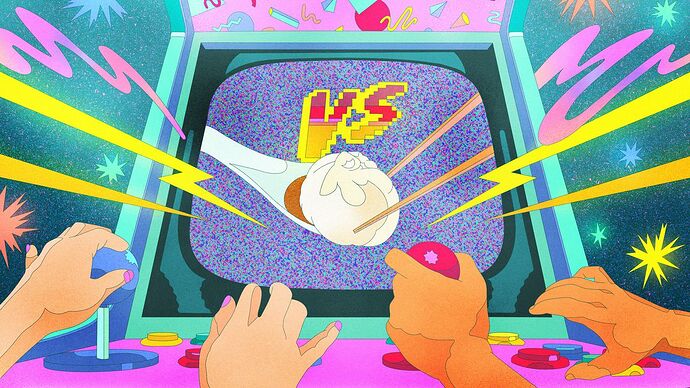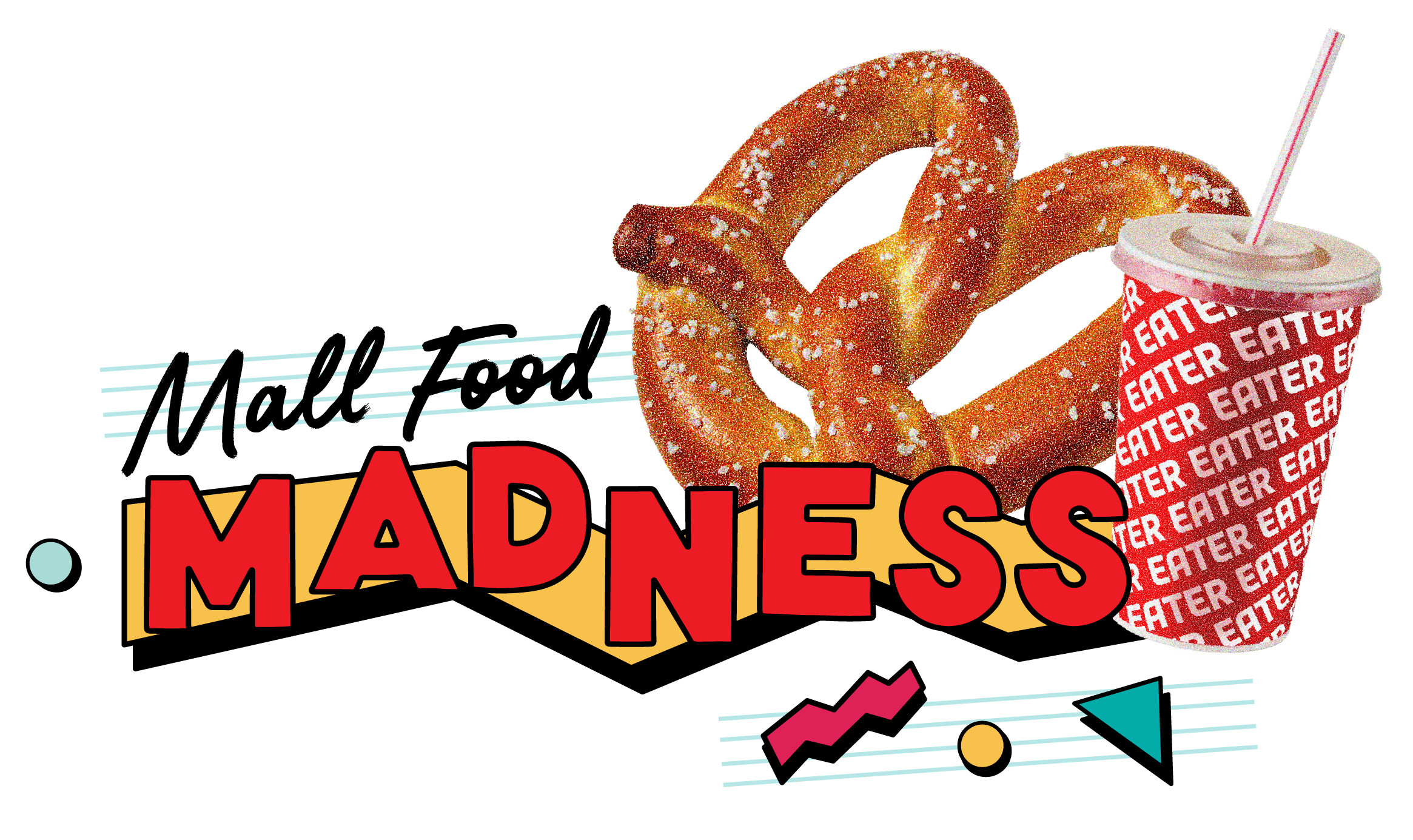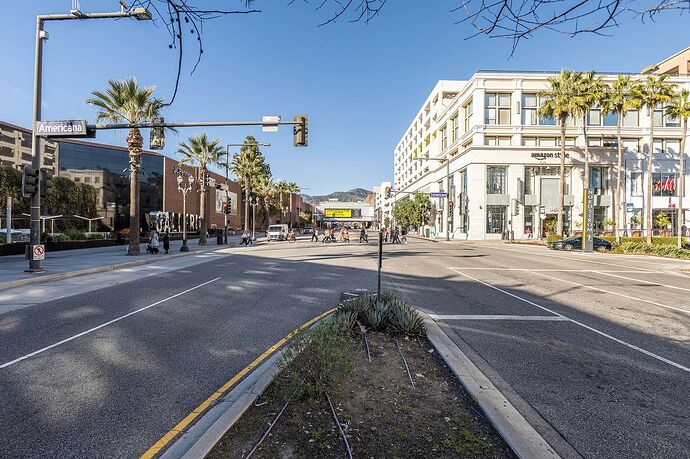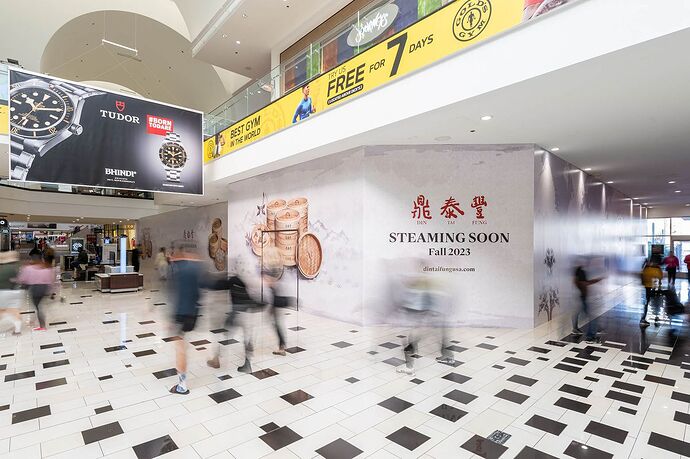FILED UNDER:
The Great LA Dumpling Drama
Taiwanese chain Din Tai Fung is at the center of an all-out tug-of-war between two of LA’s biggest malls, but the fight says something even bigger about the future of the mall itself
by Ryan Bradley Feb 22, 2023, 9:15am EST
Photography by Wonho Frank Lee
PerhapsPerhaps we should start with the dumplings themselves, which are, of course, delicious. Worth the trip. Worth planning the trip around. Particularly the soup dumplings, or xiao long bao, which are — you could argue, and I would — the platonic ideal of the form: silky, broth-filled little clouds that explode inside your mouth upon impact. An all-timer of a dumping.
LATEST VIDEO FROM EATER
How an Argentine Pitmaster Roasts Whole Pigs
And that, more or less, is the most you will hear about the food made at the wildly popular Taiwanese dumpling chain Din Tai Fung: It’s great, it’s a draw, it’s the reason for everything that follows.
The remainder of our story begins and ends and pretty much exclusively takes place in Glendale, California — a city of close to 200,000 that sits just 10 miles north of downtown Los Angeles.
Glendale, like other cities within the Greater LA region, is often unfairly provincialized. For example, my 101-year-old grandmother, a native Angeleno, still calls Glendale “Dingledale” and still complains about briefly living there about eight decades ago. These cities are — again, unfairly — given a kind of shorthand: Santa Monica’s got beaches; West Hollywood’s got good nightlife and (relatedly) the gays; Studio City’s got… a studio? So does Burbank. But Glendale: Glendale’s got more Armenians than almost anywhere but Armenia and also, malls.
Specifically, the two huge malls that dominate its downtown: the Glendale Galleria and the Americana at Brand. These malls are neighbors, separated by a single street (Central Avenue) and are even immediately next door to each other in places. And yet, they could not possibly be more different, in terms of… well, everything. Both have Apple Stores. And a Wetzel’s. But really, after Wetzel’s, that’s about it.
Since 2013, the sole San Fernando Valley outpost of Din Tai Fung has been located within the Americana at Brand, a glitzy outdoor mall that opened in 2008 and is owned and operated by Caruso, a real estate company named after its founder, CEO, and lone shareholder, Rick Caruso. Perhaps you’ve heard of him? He recently ran to be mayor of Los Angeles, spent $104 million of his estimated $4 billion doing so, and lost by nearly 10 points.
Central Avenue divides the two malls, the Galleria on the left, and the Americana on the right.
Late last summer, as Caruso’s campaign was gearing up to spend more on local TV ads than any mayoral candidate in the city’s history, word got out that Din Tai Fung was leaving Caruso’s biggest mall (in square footage), the Americana. Not just leaving. Din Tai Fung was moving across the street. To the much more indoor, much less “cool” mall: the Galleria.
This was odd — definitely unexpected — and great gossip for a certain type of Angeleno who is aware of both the Americana and the Galleria and the garlic green bean situation at Din Tai Fung. In the 1980s teen rom-com movie version of this, it was like the most attractive, high-achieving girl in high school — Din Tai Fung — suddenly dating someone — the Galleria — from a whole different social clique; the Lloyd Dobler of malls.
Part of this image of the Galleria as somehow lower status than the Americana is simply that it’s an older mall, from an older era of mall design and philosophy. When it opened, in 1976, the Galleria’s principal designer, Jon Jerde, was heavily influenced by an essay by the novelist Ray Bradbury, published in The Los Angeles Times WEST Magazine and titled “Somewhere to Go.” For another Jerde mall, in San Diego, Bradbury even wrote a manifesto of sorts called “The Aesthetics of Lostness” — a phrase that, as the writer Andrew O’Hagan recently put it, “still provides the best definition of the ambience of shopping malls, a feeling of comforting distraction and exciting misplacedness akin to foreign travel.”
When I consider the aesthetics of lostness, Jerde’s Galleria immediately springs to mind. Specifically, its many-leveled, labyrinthine parking garage where — once, and never again — I forgot to take a photo of where I’d parked my car and ended up walking from floor to floor, pressing my keys and trying to hear it honk for — and I’m not even exaggerating one little bit here — two hours and 50-some-odd minutes.
The absolute horror and confusion brought about by the Galleria’s parking structure is also a running joke on the Americana at Brand Memes account, a popular parody Twitter account that goofs on not just the Americana, but the Galleria and other malls throughout Los Angeles, as well as countless other extremely specificdetails about living in LA. It’s the sort of hyperlocal humor that, particularly in LA — which is not one city but many, and vast, and often lonely — helps bind the place together, reminding us of our common, shared experiences, like losing our car in a mall parking lot.
One of several atriums within the Glendale Galleria.
The new, Galleria location for Din Tai Fung sits at a popular intersection with high foot traffic.
Last August, moments after news of the Din Tai Fung move broke, the man who runs the Americana at Brand Memes Twitter account was out to breakfast with his mother-in-law when his phone began buzzing. Something was up. The buzzing did not stop. Hmm, he thought. This is probably big. This man — let’s just call him Mike — checked his phone. Oh, wow, yes. “This was like when Lebron left Cleveland,” he said, recalling the moment he saw his replies and learned the news. This was months later; we were talking on the phone. I reminded Mike that Lebron left Cleveland twice: first for Miami, then Los Angeles — two cities that are quite a bit flashier than Cleveland. Was he saying the Galleria was like those cities?
“Right,” Mike told me. “Right. No. You know, I don’t really follow sports.” Also, the Americana is nothing like Cleveland. I mean, it’s got one of those Vegas Bellagio-style fountains that fires off streams of choreographed dancing water. Also: a whimsical steampunk parking lot elevator. And a Cheesecake Factory. And a trolley! The Americana’s aesthetics are decidedly not of lostness. There is no “excited misplacedness,” no sense of the foreign. It’s all quite calming and familiar because it’s more or less Walt Disney’s Main Street, U.S.A., a place that, even if you’ve never been, you know. “So, what city’s like the Galleria?” Mike asked me. I said I wasn’t sure. Milwaukee, maybe?
Not long after he learned of the Din Tai Fung move, Mike fired off a tweet: First, a screencap from the show Nathan for You, in which host Nathan Fielder presents small business owners with insane-sounding plans for growing their revenue. “The plan?” Mike then wrote. “Move Din Tai Fung from the Americana to the Galleria. So, people can start parking at the Galleria and actually go to the Galleria.”
“This was like when Lebron left Cleveland.”
This tracked. It is a well-known fact that the parking at the Galleria is free, while at the Americana, it is not. Indeed, the time I’d lost my car there, I’d not actually gone into the mall either. Later, Mike tweeted, “Wow! CNN is covering it!” and a screencap of Wolf Blitzer with the photoshopped chyron “Din Tai Fung Leaves The Americana for The Glendale Galleria.”
The reasons behind Din Tai Fung up and leaving the Americana are, from one angle, pretty cut-and-dried. This was a business decision. Din Tai Fung had “needed “more space for equipment upgrades” (their words, echoed by the official line from the Caruso camp: “[T]hey inquired about additional space [which] … we were unable to accommodate…”). The lease was coming up, and Brookfield Properties — which owns the Galleria — offered Din Tai Fung a location that was much bigger, with higher visibility, just across the street from the Americana’s Cheesecake Factory, smack in the middle of Central Avenue, and right at the main entrance of the Galleria where a Gap used to be. Keith Isselhardt, the Senior Vice President of Leasing at Brookfield who oversaw the deal, told me it was as simple as “one plus one equals three,” that the Galleria was, according to him, a property with “masses of asses,” and that they could put Din Tai Fung right on the corner of “Main and Main.”
Richard Kessler, the COO of a New York-based real estate company that owns malls and other retail properties throughout America, told me that when a restaurant like Din Tai Fung is in play, the rules change. Most restaurants in most malls are what Kessler would call commodity restaurants. Kessler lives in New York City, so his version of a commodity restaurant is a couple of Italian spots near his house. “The food is okay. And if, on a Sunday night, we want pasta, which we usually do, we’ll go there because it’s right there,” he said. These are incidental places. You go to them because, hey, you were just walking by, and you were hungry, so why not? “But then — then there are restaurants that are so amazing and special and unique that they could be in the basement of a parking garage, and you’d go.” Din Tai Fung was like that, Kessler said. It was a draw. The dream of every mall owner.
Din Tai Fung has its roots in Taipei, and has become famous in the U.S. for its xiao long bao dumplings.








